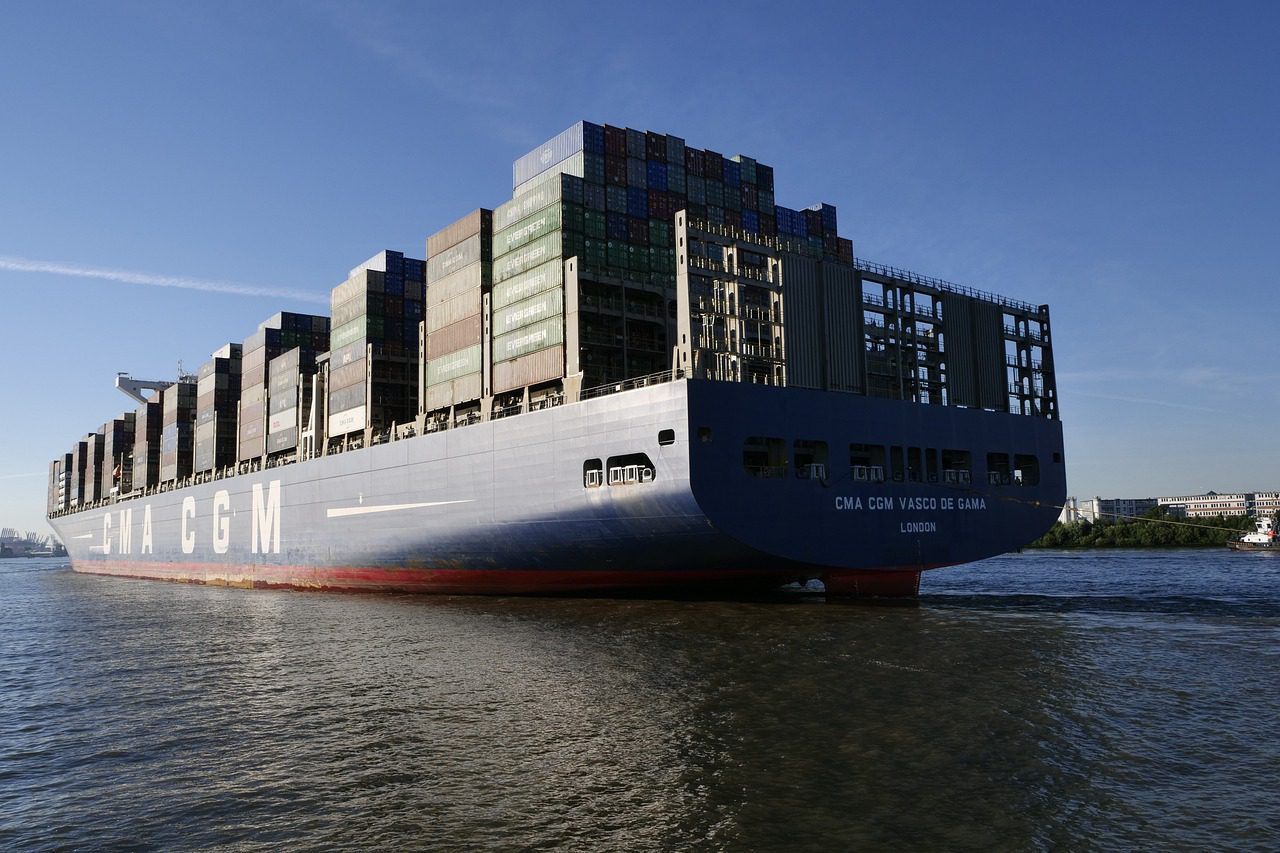
The global shipping industry is an intricate network that orchestrates the movement of goods using ships, trains, and trucks. This guide will help you understand the important rules regarding the weight limits for 20-foot and 40-foot shipping containers as they journey across oceans and highways.
Weight Regulations for Ocean Transport
Complying with weight regulations is vital when shipping by sea, as it impacts the economics and ensures the safety of the crew, cargo, and environment.
SOLAS VGM Regulations
In 2016, the International Maritime Organization (IMO) updated the Safety of Life at Sea (SOLAS) convention to include a critical requirement known as the Verified Gross Mass (VGM) of packed shipping containers. This requirement mandates that shippers accurately declare the total weight of each packed container before it’s loaded onto a vessel.
To calculate the VGM, you have to consider the weight of all the cargo, including pallets and packing materials, and add the empty container’s weight to it. There are two approved methods to determine the VGM:
- Weigh the container once it is packed.
- Weigh the cargo and contents separately and then add the container’s empty weight.
The shipper is required to calculate the VGM and communicate it to the ocean carrier and port terminal in time for the ship’s planning process.
Weight Capacities for Shipping Containers
20-foot Shipping Containers
A 20-foot shipping container is a standard size, generally carrying up to around 30,480 kilograms (67,200 pounds), including the weight of the container itself. The empty container typically weighs about 2,300 kg (5,070 lbs), so the cargo weight should be around 28,180 kilograms (62,130 lbs) or less.
40-foot Shipping Containers
A 40-foot container is similar to the 20-foot one, but twice as long. It has the same total weight capacity, but since the container itself weighs more, it can carry slightly less cargo, approximately 26,680 kilograms (58,820 lbs). It’s particularly useful for lighter, bulky items.
Handling Overweight Containers
Overweight containers can pose significant risks to the vessel, cargo, and handling equipment, and can result in additional charges or penalties.
Proper Weight Distribution
Distributing the weight inside the container evenly is important to avoid stability issues during loading, transport, and stacking.
Now, let’s explore the regulations for containers on road transport.
Weight Regulations for Shipping Containers on Trucks
Once a container is transferred onto a truck, proper weight distribution is crucial for safety and compliance with road regulations.
In the United States, the Federal Highway Administration (FHWA) sets specific weight limits for truck axles:
– Single Axle: Restricted to 20,000 pounds (9,071 kg).
– Tandem Axle: Limited to 34,000 pounds (15,422 kg) for two or more axles close together.
Additionally, there is a Bridge Formula that regulates the total weight based on the distance between axles to protect bridges from excessive stress.
Ensuring compliance with these regulations is essential, and weight distribution within the container plays a key role. An uneven distribution can cause safety issues, damage the cargo, and lead to regulatory penalties.
Occasionally, the truck driver may need to adjust the container’s position on the truck to achieve optimal weight distribution across the axles.
It’s also important to note that regulations can vary by state and country, so it’s essential to be aware of the local rules.
VIDEOS: Have you viewed our animated videos on services and The Dedola Difference?


